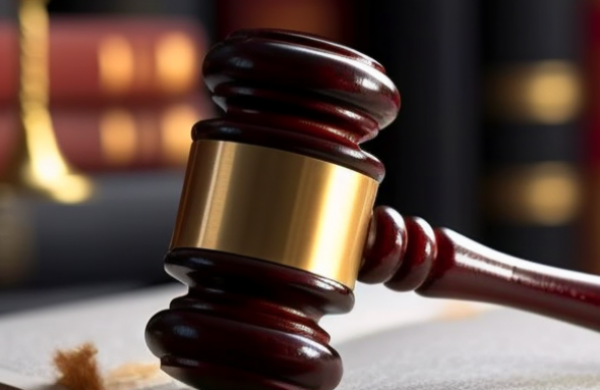Did not receive verification mail? Please confirm whether the mailbox is correct or not Re send mail

IPR Daily
- 2023-10-26 17:59:11
Copyright-Free Sandbox: Implications of AI-Generated Content
Conventional wisdom in copyright law has been to presumptively treat all online content as protected by copyright. This approach has made sense because of the low originality standard for copyright protection. The result then has been that users would focus on whether they have a license; whether the intended use is a “fair use;” and (perhaps) whether the copyright holder is likely to discover the infringement and attempt to enforce their rights.
However, our digital landscape is experiencing a major upheaval with to the proliferation of synthetic works that likely do not meet the criteria for copyright protection. These works primarily fall into two main categories: (1) those lacking the necessary originality for copyright eligibility, such as raw data or certain surveillance camera footage; and (2) those created without direct human authorship, as with content generated by AI systems, often called GenAI.
The existing legal framework requires human creativity and ingenuity as the foundation for originality. Yet, AI systems are generating content at an unprecedented scale, and the volume of synthetic creations has likely already exceeded that of human-originated works. In the upcoming years, we can expect the number of synthetic creations to continue exponential growth. While some of this content may lack originality, a significant portion could easily meet the originality standard established in Feist and similar cases, if not for the absence of a human author.
This emerging copyright-free realm poses both opportunities and challenges. The prospect of freely accessing and building upon an expanding pool of non-copyrighted material without legal ramifications offers a unique freedom. This liberty to transform AI-generated works into new creations could potentially drive innovation and further creation at an accelerated pace. However, a challenge arises in determining to what extent these uncopyrighted synthetic works are discernible from copyrighted counterparts. If my forecast holds — that the majority of works in numerous fields will soon be synthetically generated — it might become prudent to reconsider shifting the burden back onto copyright claimants to explicitly mark their works.
This potential future holds many uncertainties. One question is whether the individuals behind AI-generated works could leverage other legal mechanisms, like contracts, to safeguard their interests. Or, will the courts follow old rules prohibiting the use of contract to limit distribution of otherwise publicly available uncopyrighted content.
Source:patentlyo.com-Dennis Crouch
Editor: IPR Daily-Horace
- I also said the two sentence
- Also you can enter 140words
 TOP IPR U.S. Lawyers 10 & Firms 10 Selection Officially Launched by IPR Daily
TOP IPR U.S. Lawyers 10 & Firms 10 Selection Officially Launched by IPR Daily WIPO Global Innovation Index 2025: China Enters Top 10
WIPO Global Innovation Index 2025: China Enters Top 10 Singapore ranks 5th in the 2025 Global Innovation Index; climbed two spots in Innovation Outputs
Singapore ranks 5th in the 2025 Global Innovation Index; climbed two spots in Innovation Outputs Federal Circuit lacks jurisdiction over award that doesn’t raise issue of patent law
Federal Circuit lacks jurisdiction over award that doesn’t raise issue of patent law


